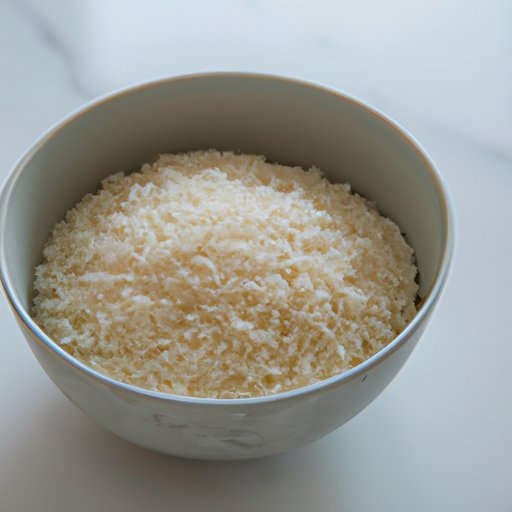
Introduction
Gluten-free diets have become increasingly popular in recent years as more people become aware of gluten intolerance and celiac disease. While many gluten-free alternatives to wheat, barley, and rye exist, rice remains one of the most popular and versatile gluten-free grains. In this article, we’ll explore the gluten-free status of rice, its benefits and versatility in cooking, and provide tips for incorporating rice into your gluten-free diet.
Is Rice Gluten-Free?
Yes, rice is naturally gluten-free. Gluten is a protein found in wheat, barley, and rye, but not in rice. However, cross-contamination can occur during processing or cooking, so it’s important to take precautions to ensure your rice is gluten-free. Look for rice that is labeled gluten-free or has been certified by a reputable gluten-free organization. Additionally, be mindful of any gluten-containing ingredients added to rice dishes, such as soy sauce or wheat-based thickeners.
The Gluten-Free Benefits of Incorporating Rice into Your Diet
Rice is a nutritious and versatile gluten-free alternative to wheat, barley, and rye. It’s a good source of complex carbohydrates, B vitamins, and minerals such as magnesium and selenium. Rice can be used in a variety of dishes, from sushi to risotto to rice salads and soups. For those with celiac disease or gluten sensitivity, rice is an essential staple that can help meet their dietary needs.
Gluten-Free Cooking with Rice: 5 Easy Recipes
Looking for tasty, simple gluten-free meals featuring rice? Here are five recipe ideas:
- Vegetable fried rice
- Chicken and rice soup
- Shrimp and rice stir-fry
- Mushroom risotto
- Black bean and rice burrito bowl
These recipes showcase the versatility of rice and how easy it is to create delicious gluten-free meals with this grain.
What to Look for When Buying Gluten-Free Rice
When purchasing rice, look for options that are labeled gluten-free or have been certified by reputable organizations such as the Gluten-Free Certification Organization or the Celiac Support Association. Additionally, read labels carefully to ensure there are no gluten-containing ingredients added to the rice or any cross-contamination risks during processing.
Rice vs. Other Grains: Which is the Best Gluten-Free Option?
While rice is a popular gluten-free grain, there are other options such as quinoa, millet, and buckwheat. When choosing which grain to incorporate into your diet, consider factors such as taste, texture, nutritional value, and cooking methods. Ultimately, the best gluten-free option will depend on your individual needs and preferences.
The Role of Rice in a Gluten-Free Lifestyle
Rice is not only an important staple food in a gluten-free diet, but it’s also a significant part of many cultures and cuisines worldwide. For example, rice is a staple food in many Asian countries, where it is used in sushi, curries and stir-fries. It also plays a central role in Latin American cuisine, such as in arroz con pollo or rice and beans recipes. Personal stories from people who rely on rice as a staple food in their gluten-free diet illustrate how this grain is more than just a source of sustenance, but also a cultural and emotional touchstone.
Conclusion
Rice is a delicious, nutritious, and versatile gluten-free grain that offers many benefits in a gluten-free diet. Whether you’re looking to switch up your weekly meal plan or have recently started a gluten-free lifestyle, rice is a great option to consider. Be sure to follow the tips and suggestions outlined in this article to ensure that your rice is gluten-free and incorporate it into your diet in a variety of recipes and cultural cuisines.





